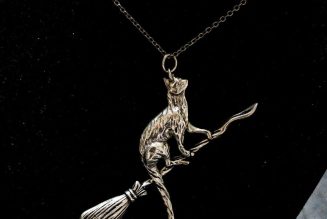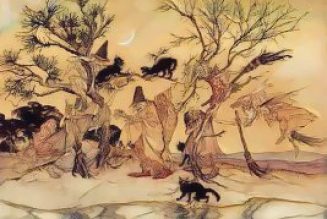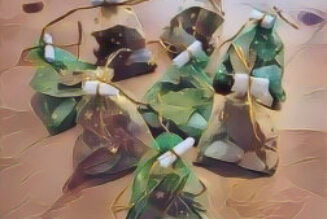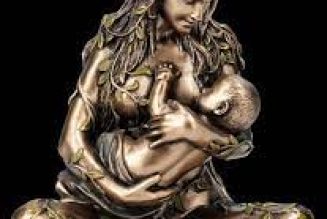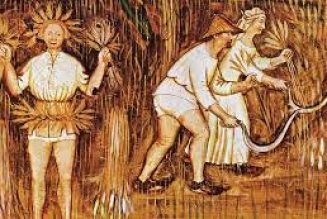Black cats have long been associated with witches and witchcraft to the extent that during October, the Month of Halloween, black cats and witches are favorite icons used for costumes, home decor, and party themes. This trend is so embedded in modern society that we’ve forgotten that the modern holiday we celebrate as Halloween has ancient beginnings as well as names:
Samhain
The religious year of Pagans starts and ends with Samhain, which is also the beginning of the Celtic new year,” according to Patti Wigington, Pagan/Wiccan Expert. Samhaim is also a time for honoring ancestors who came before, Patti explains.
All Hallows’ Eve
Catholics celebrate the first of November as The Solemnity of All Saints. October 31st is thereby designated as All Hallows’ Eve (since the Saints celebrated on November 1st are considered hallowed.
Despite these religious beginnings of Halloween, old beliefs about black cats and witches still play a large part in this holiday.
Black Cats as Witches’ Familiars
It was largely in the Middle Ages that the black cat became affiliated with evil. Because cats are nocturnal and roam at night, they were believed to be supernatural servants of witches, or even witches themselves, according to Glenda Moore.
Folklore has it that if a witch becomes human, her black cat will no longer reside in her house.
Some believe that black cats are witches in disguise, or witches reborn.
Others believe black cats are witches familiars (beings that aid witches in performing their craft). Not all familiars were black cats though; some were cats of other colors, dogs, pigs, or other animals.
For several centuries “witches” were rounded up, tried, and killed by burning or other violent methods; often their familiars were killed along with them.
Regardless of these superstitions, black cats have their own large group of loyal followers, people who love to be surrounded by these glossy black vessels of love.

















